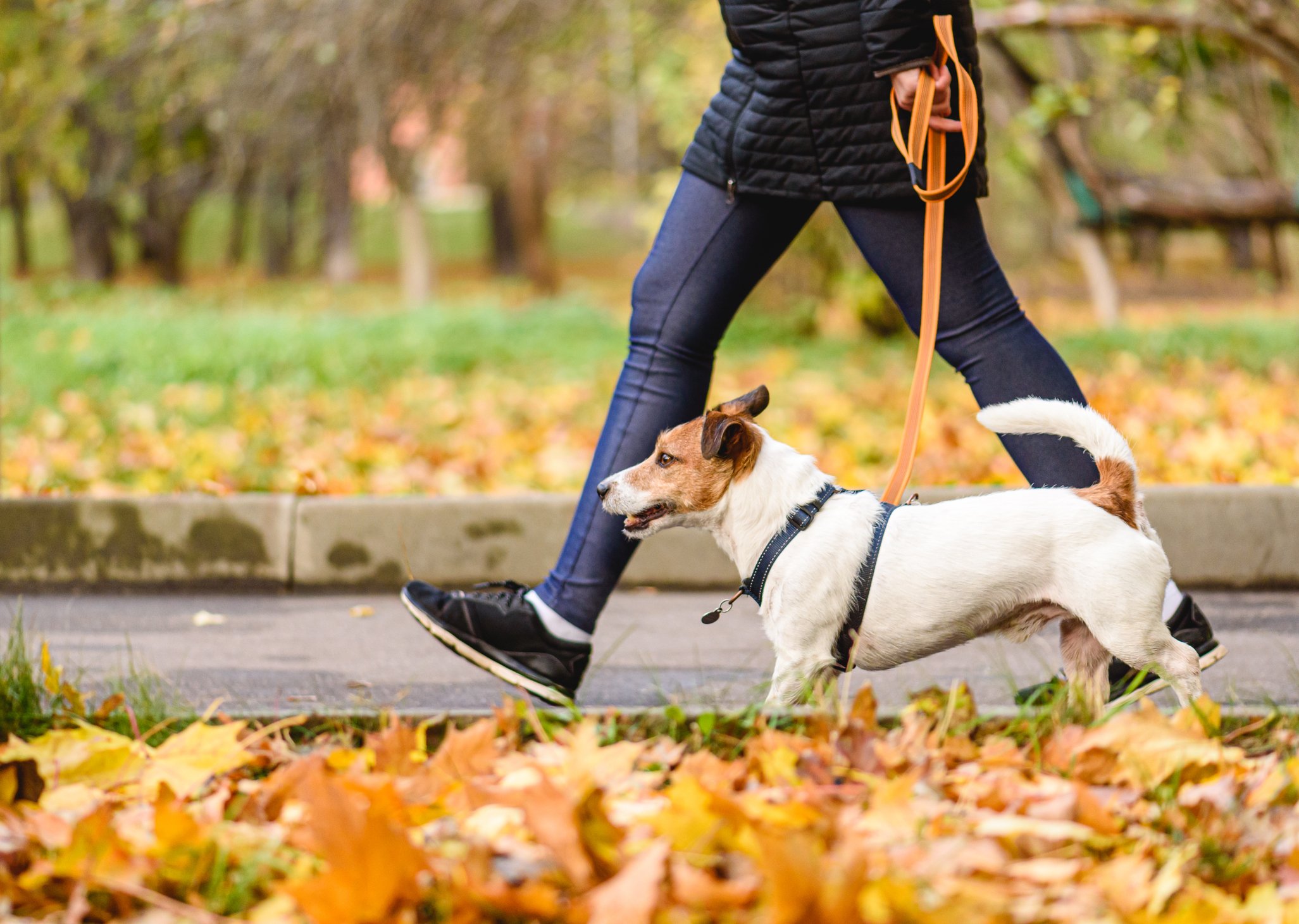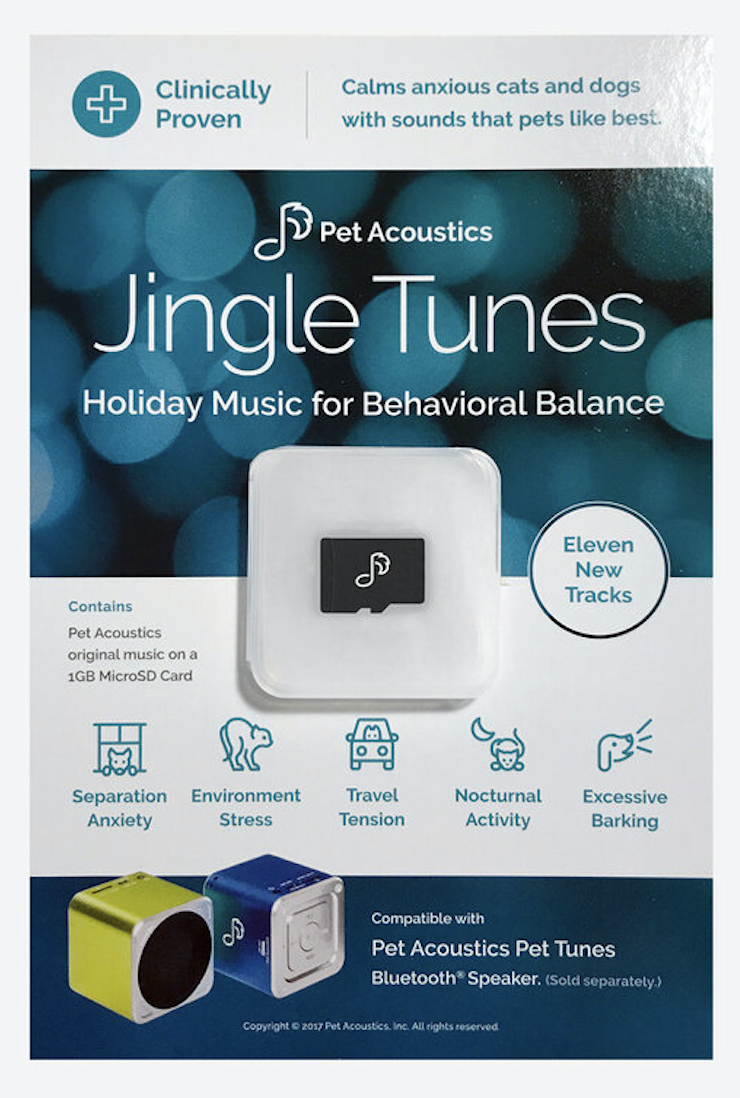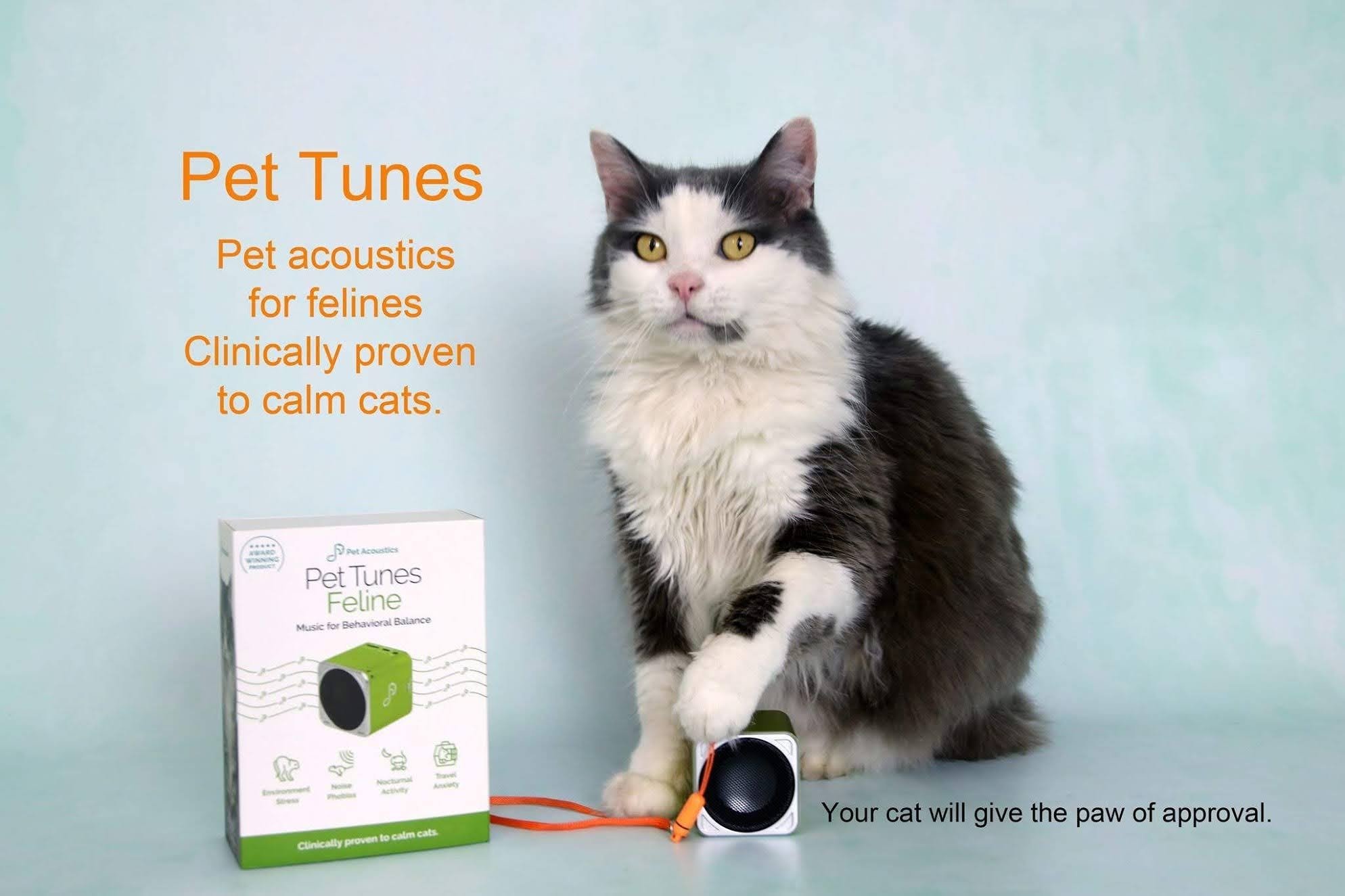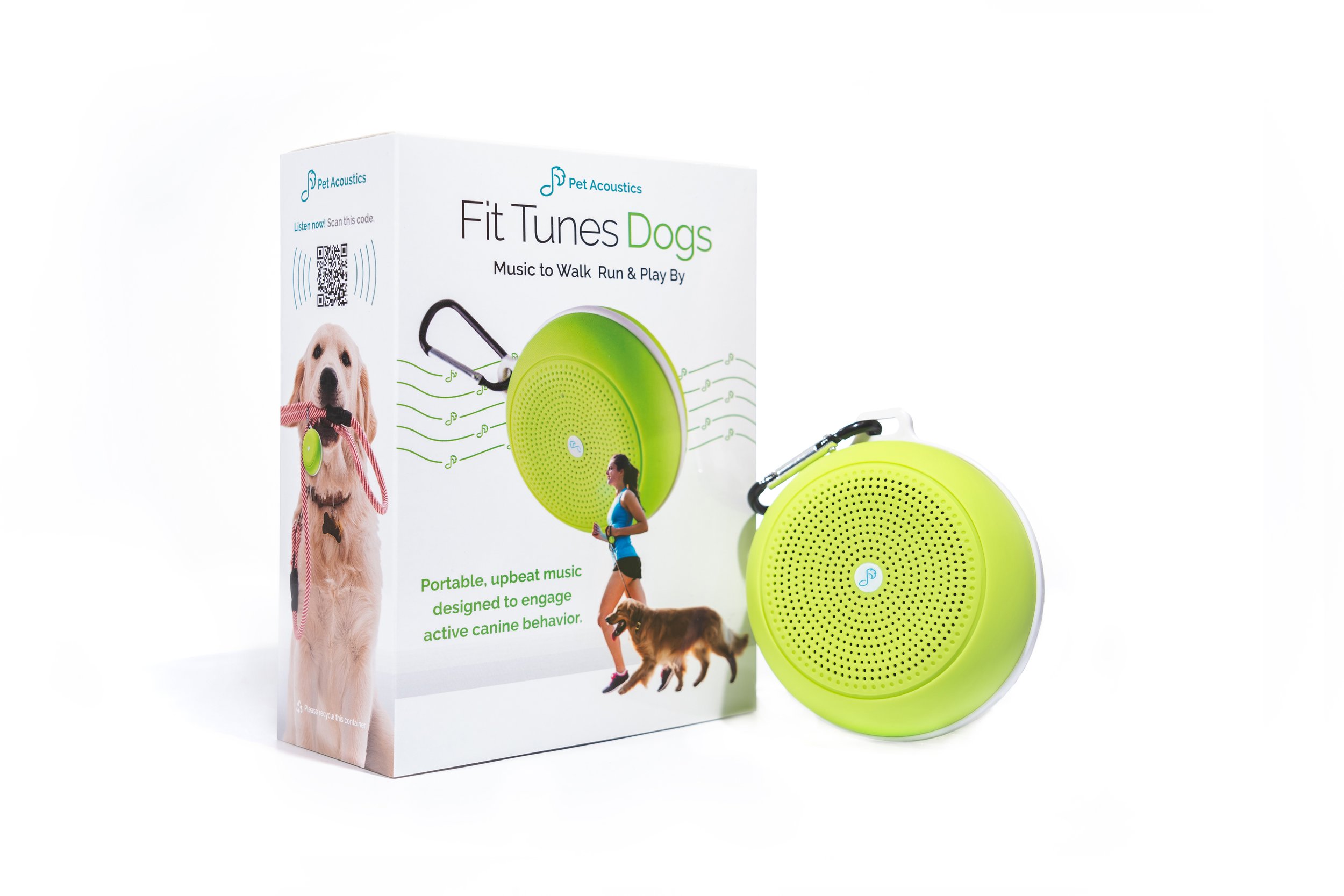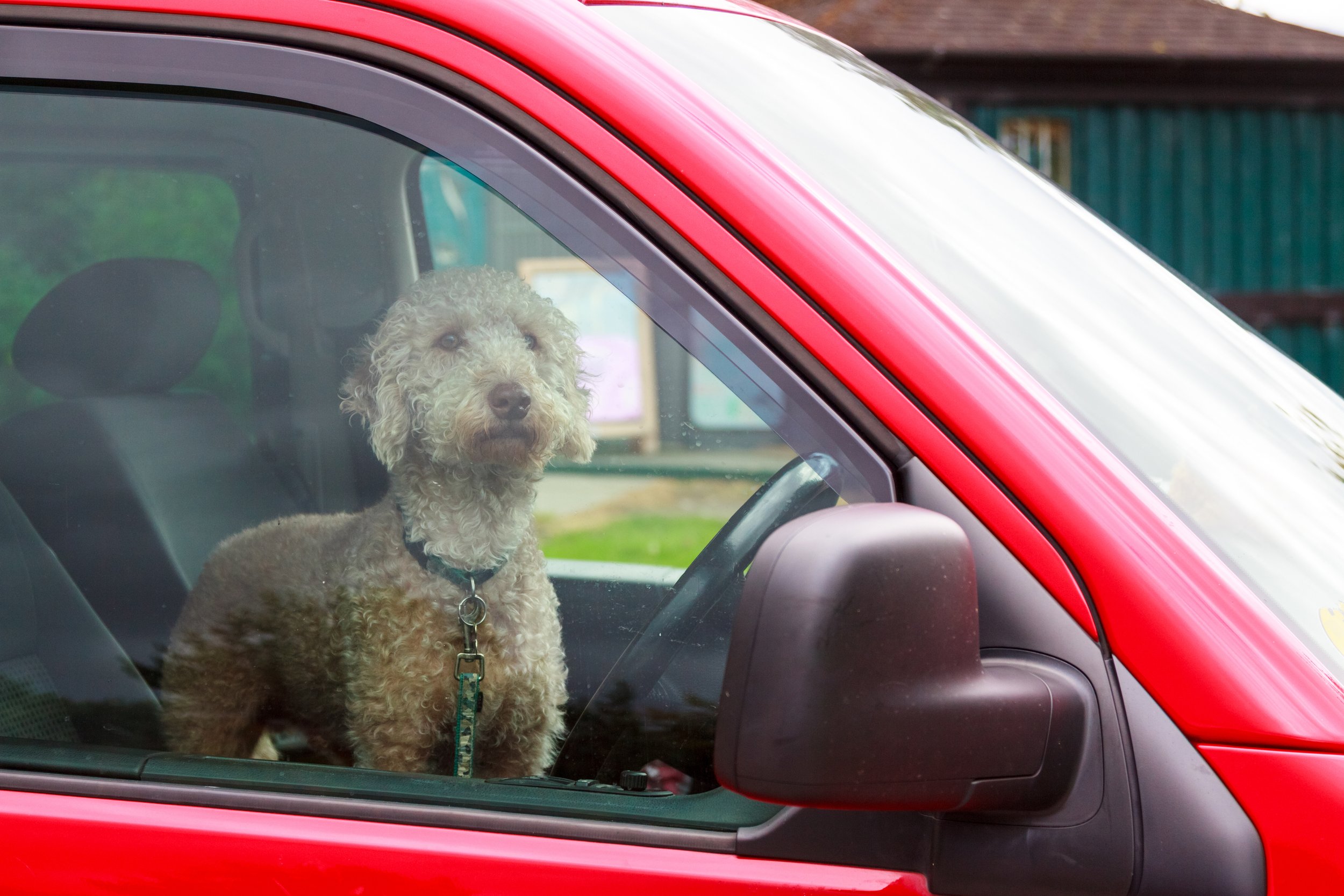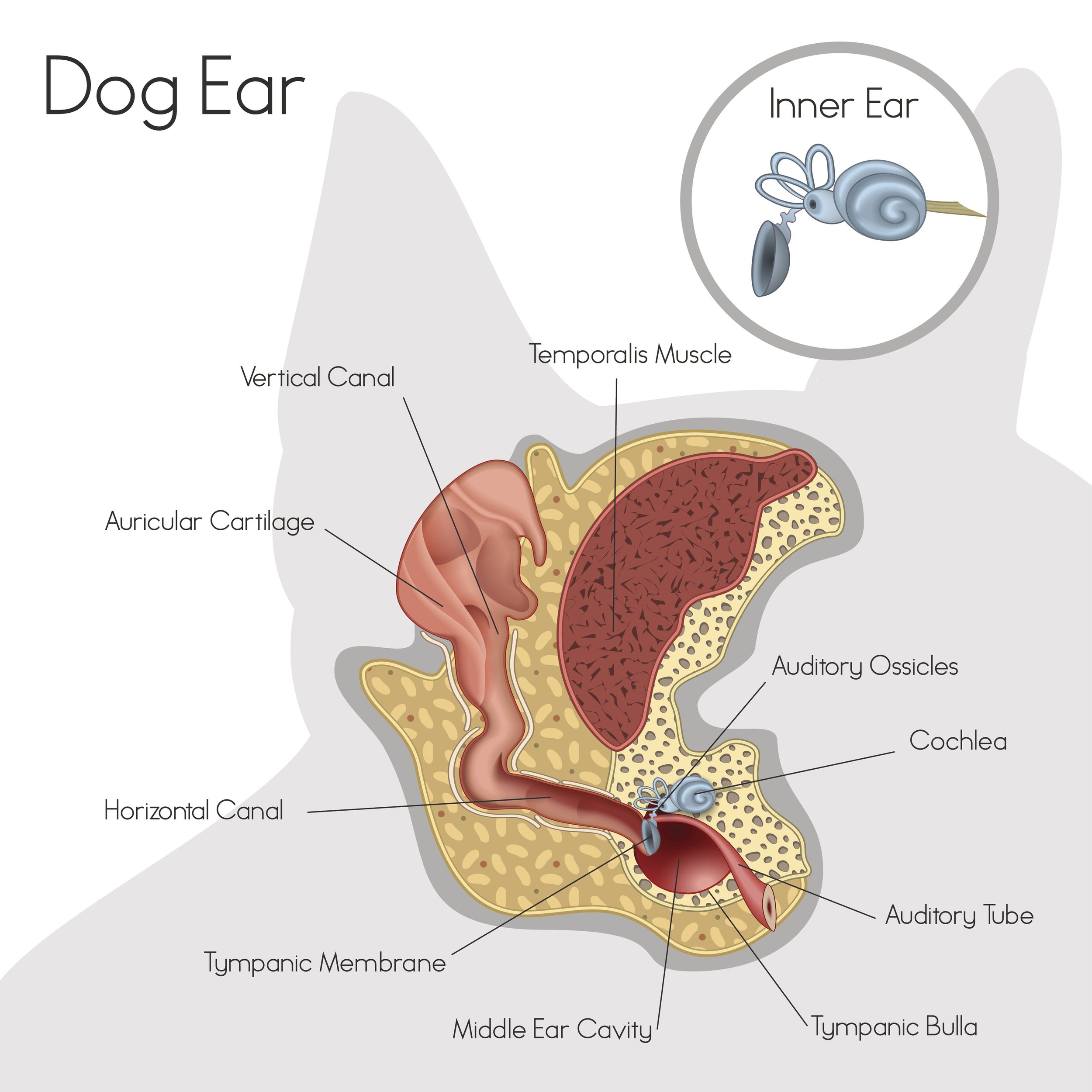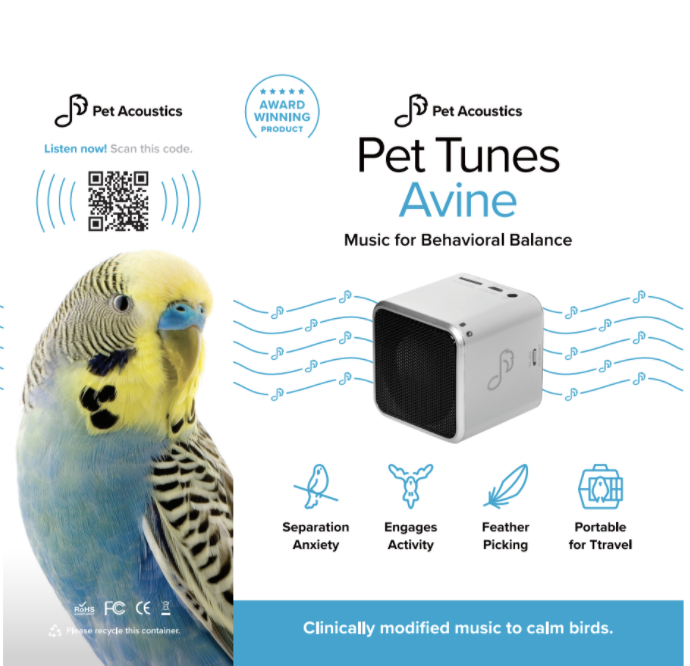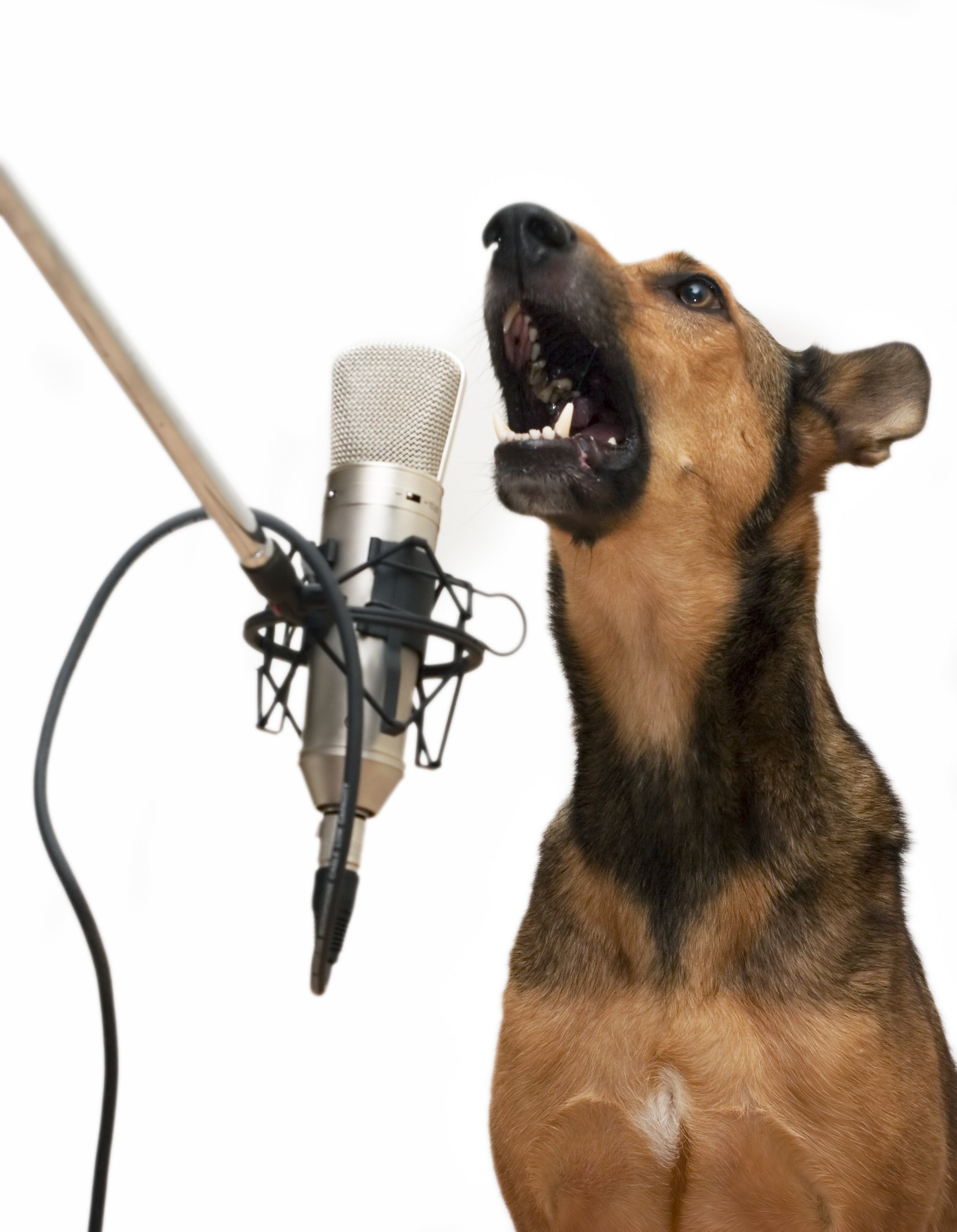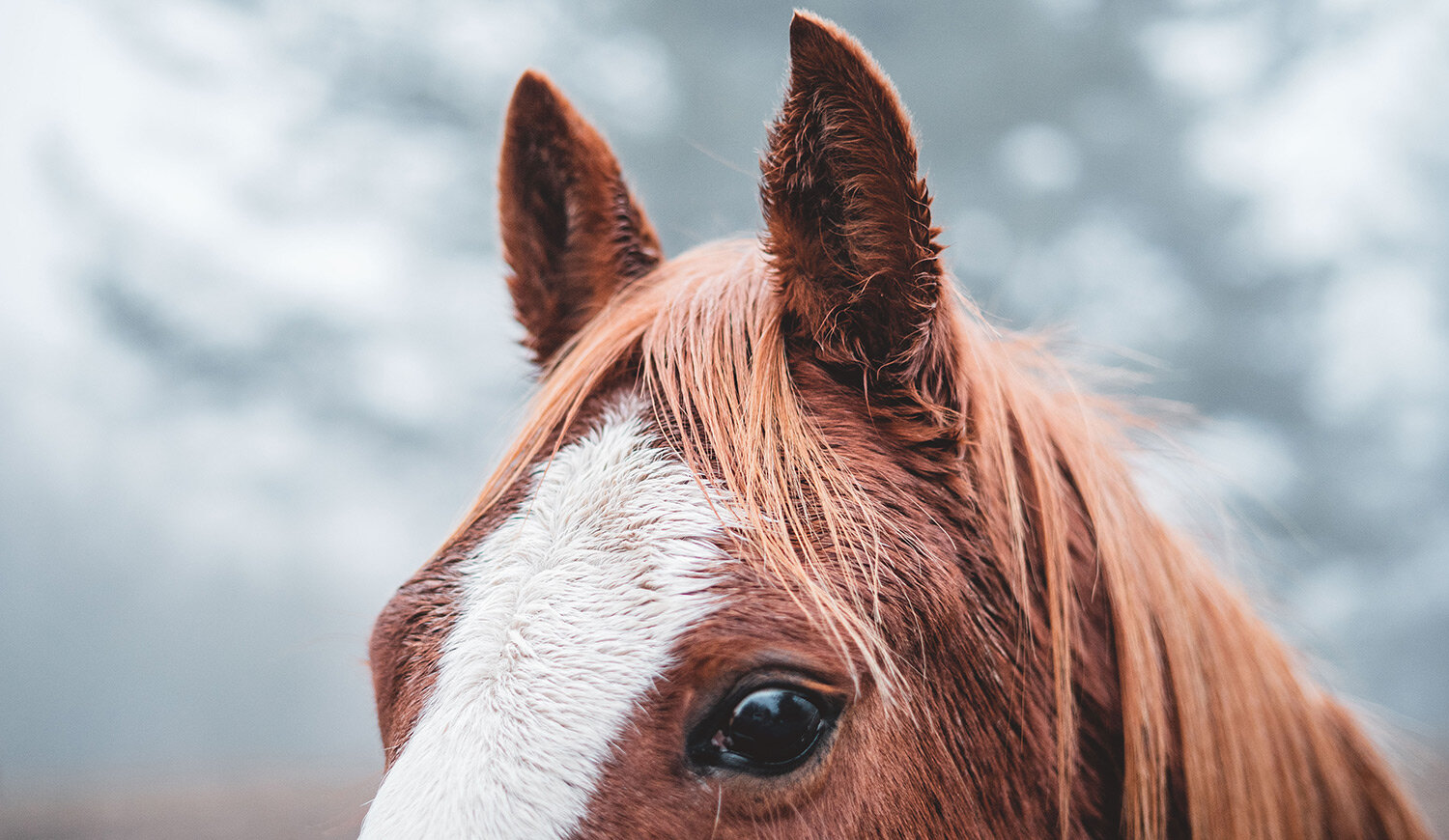Dog Walks
“Dogs teach us to observe the path along the way. It is one of their greatest gifts to us as pet parents.”
Walking with your dog is one of the most beautiful and valued parts of your relationship because it is a time that balances you and your dog’s partnership. A walk activates both human and canine senses while you share the fresh air, the exercise and nature. If a dog's life span is an average of fourteen years, you will walk your dog over 10,000 times!
Dogs look forward to walks with you whether on the road, on the city street, or on the nature trail. This is where your dog enjoys your company while happily activating his senses. When dogs walk, their most active senses are their noses and ears. When we walk, we are usually in our thoughts. A human has twelve thousand to sixty thousand thoughts a day. Dogs help us get out of our inner monologue of thoughts by perking up to a sound, catching a whiff of an interesting scent, or stopping to analyze a foreign object. Taking a walk is an agreement between you and your dog and deepens companionship.
Since we take thousands of walks with our dogs, I’d like to offer a musical perspective while you walk together. Walks are truly like a musical composition. Walking together has phrasing, tempo, dynamics and form. Phrasing has a beginning, a hi-point and an end. There is always one interesting point in the middle of a walk, like meeting a friend and their dog for a conversation.
Tempo is the pace at which you and your dog walk. Some days are energetic, and some days require a slower pace. Whatever your pace, your dog is aware of your energy level and will adjust to your tempo. You are partners in harmony.
Dynamics are the volume levels experienced along the way. You may encounter a noisy construction zone or have a chance to pause for a quiet moment in a park, with an offered dog treat of course
Form is the route that you take. In Native American folklore, it is said to complete a journey, instead of returning the same way, find a different route home to complete the circle.
Puppy Walks
When you teach your puppy to walk on leash make sure to use your voice along the way. Your puppy is imprinting the inflection of your voice to learn and understand your training communication. Keep your voice in a high pitch which is best for their high frequency hearing.
Establish a rhythm to your walk and keep your dog at that pace. As a simple training exercise, count a certain number of steps in a pattern and then stop to request a sit-stay. Repeat the counting pattern and then release into free-form walking, then go back to the pattern. Use puppy walks for training, socializing and confidence in creative ways.
Listening Walks
When we walk alongside our dogs, they are not only sniffing and seeing where they are going but they are also hearing our footsteps. Tune in to hearing your own footsteps and then walk a little faster and watch your dog pick up the pace. Spend the walk listening to you and your dog’s immediate surroundings.

